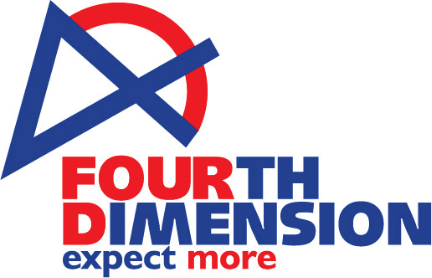The Essential Guide to Knowing About MFA and How It Works
Cybersecurity
What is MFA and why is it significant?
Multi-factor authentication is the process of providing one or more identification factors along with your username and password while signing into your account.
According to research, 10% of organizations that do not have an MFA system have their user accounts compromised. So, it is important for non-profits of all sizes to implement MFA.
MFA requires users to provide more than one form of authentication. It could be a one-time password, token, or biometric scan to gain access to a system or account.
How MFA works or how it can make your NPO resilient
MFA is an important part of your digital hygiene. Multi-Factor Authentication is unique to every user and not easily guessable. That’s how MFA makes it difficult for a hacker to gain access to your data, even if he has your login credentials.
MFA credentials are classified into three types:
- Something you know category: Factors that fall under "something you know" category are:
- Passwords
- Pin numbers
- Security questions
- Something you own or have category: Factors that fall under the "something you own" category of credentials are:
- One-time passwords sent to your mobile phones
- Codes sent to your emails
- App Authentication
These are particularly helpful when someone is trying to log in to your account from a new device.
- Something you are category: Factors that fall under the "something you are" category of credentials are:
- Biometric information like fingerprints
- Voice recognition
- Retina scans
- Facial recognition
Biometric information stated above are generally used for high-level security.
So, whenever an employee tries to log into the network, they must provide their username and password, as well as the second factor of authentication. It can be either a fingerprint or a code sent to their phone.
Even if criminals steal your credentials, it is highly unlikely that they will know the answers to the security questions or have access to the codes sent to your phone. Thus, MFA reduces the impact of a cyberattack even if one happens.
Here are the benefits of a Multi-Factor Authentication (MFA) system:
- MFA reduces the risk of identity theft and fraud.
- MFA adds an additional layer of security to your data by making it more difficult for a criminal to steal it.
- MFA protects against various cyberattacks like phishing, keyloggers, and credential stuffing.
- MFA enables the "Zero Trust" model, the most reliable cybersecurity approach.
- MFA helps your business follow security and privacy regulations.
- MFA significantly reduces the number of times you have to change your passwords.
What will happen if your non-profit doesn’t employ MFA?
Here are the few risks that are involved if your non-profit doesn’t use MFA:
- Complex single passwords are not enough to protect your data. Hackers can easily crack them, regardless of how complex they are.
- Your entire network will be at great risk if an end user hands over their credentials through a phishing email.
- Criminals can send phishing emails or other malware directly to your staff or donors via compromised accounts.
- You might end up losing your reputation in the event of a cyberattack that breaches all your data.
Steps to implement MFA in your NPO:
- Educate and train your staff on MFA:
Get the cooperation of your employees, as you cannot protect your non-profit from account compromise without their support.
Make your staff aware of why you are making the shift to MFA from single password usage. Train them to use it with ease, as it is only a matter of a few extra seconds when it comes to implementing MFA.
- Start employing MFA for privileged accounts:
Administrative accounts are the most important and valuable to safeguard. Your senior leaders, like the CEO, CFO, and CXO, need to initially move to MFA.
It is going to be a major threat to have unauthorized emails sent from those accounts. You can use this as a proof-of-concept before adopting MFA in a wider context.
- Planning and Execution:
Making MFA a requirement for your non-profit is the next step. Create an implementation plan and execute it. Talk to your managed service provider or IT division about the potential for mandating MFA.
- Have a support strategy in place:
You should be aware that using MFA increases the possibility of your accounts being compromised while employing it. Planning your response to unsuccessful sign-in attempts and account lockouts is crucial.
Conclusion:
Cybercriminals have access to over 15 billion stolen credentials. They might take over your bank account details, and donor data, like names, addresses, and credit card information. Multi-factor authentication prevents this from happening by securing your data. It makes it more difficult for a common criminal to steal those credentials and make use of them. MFA adds another layer of security against ransomware attacks that cost your non-profit millions of dollars.
